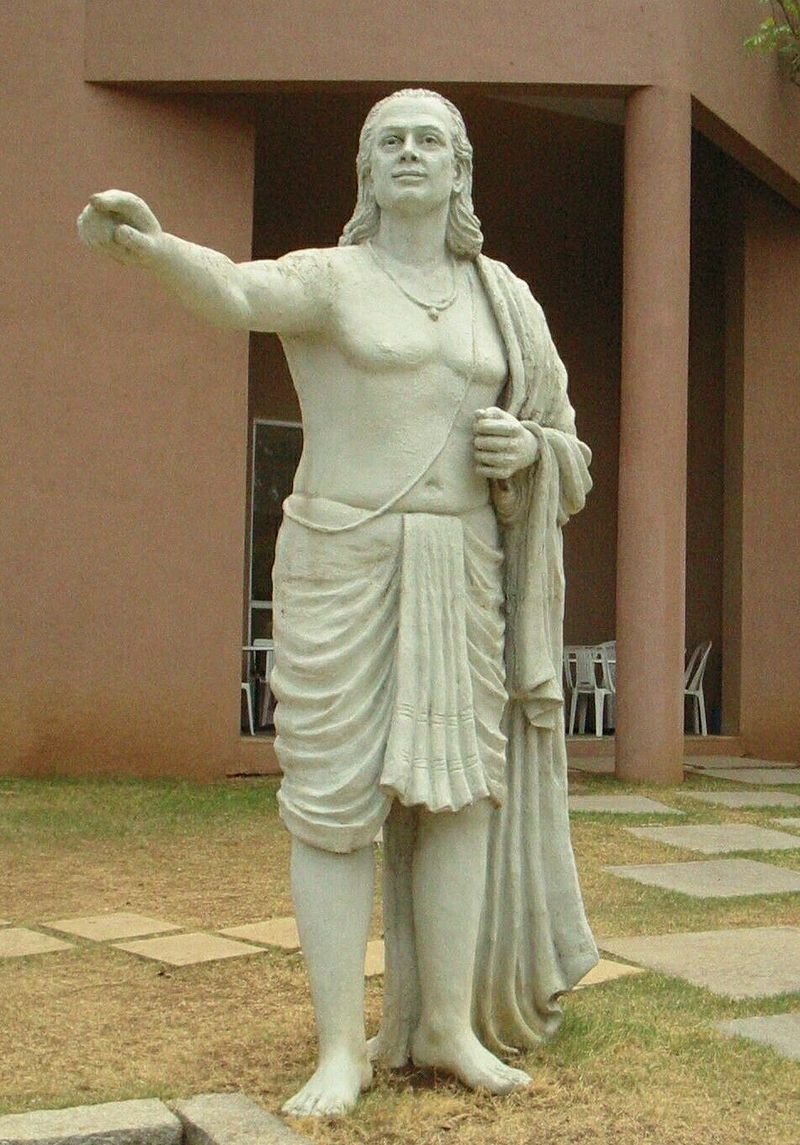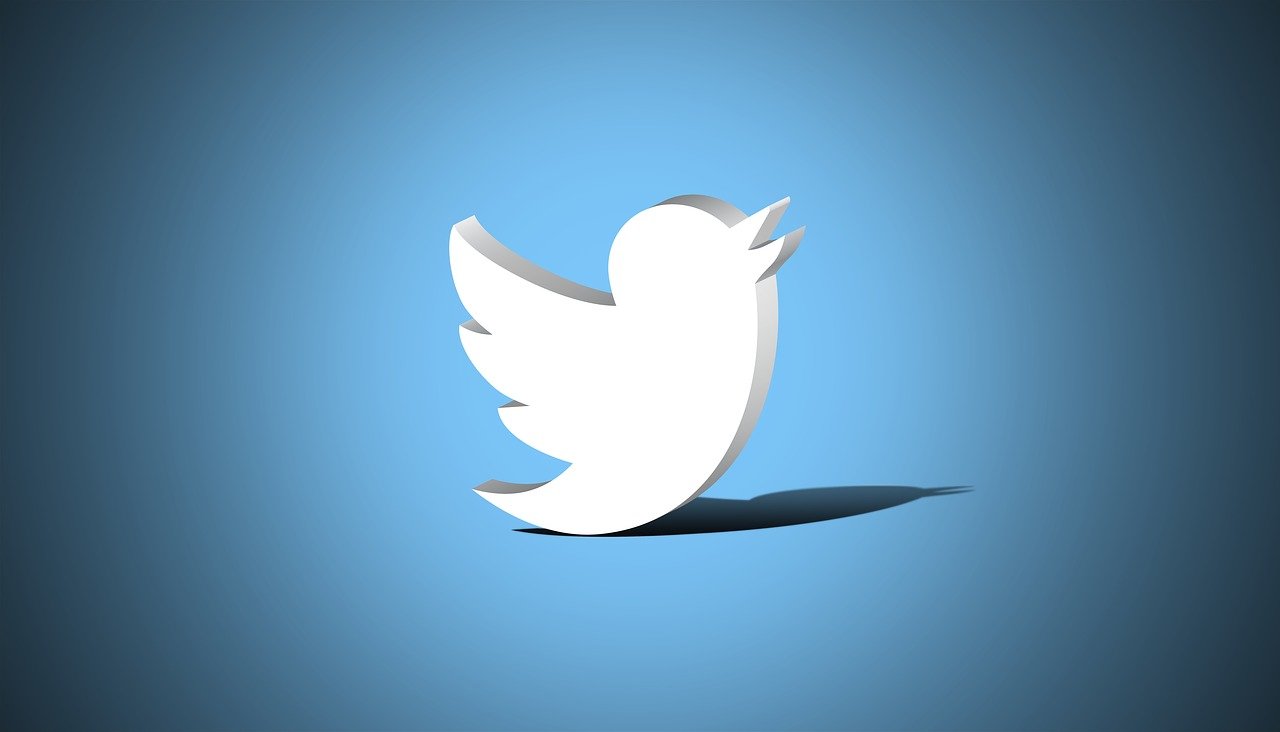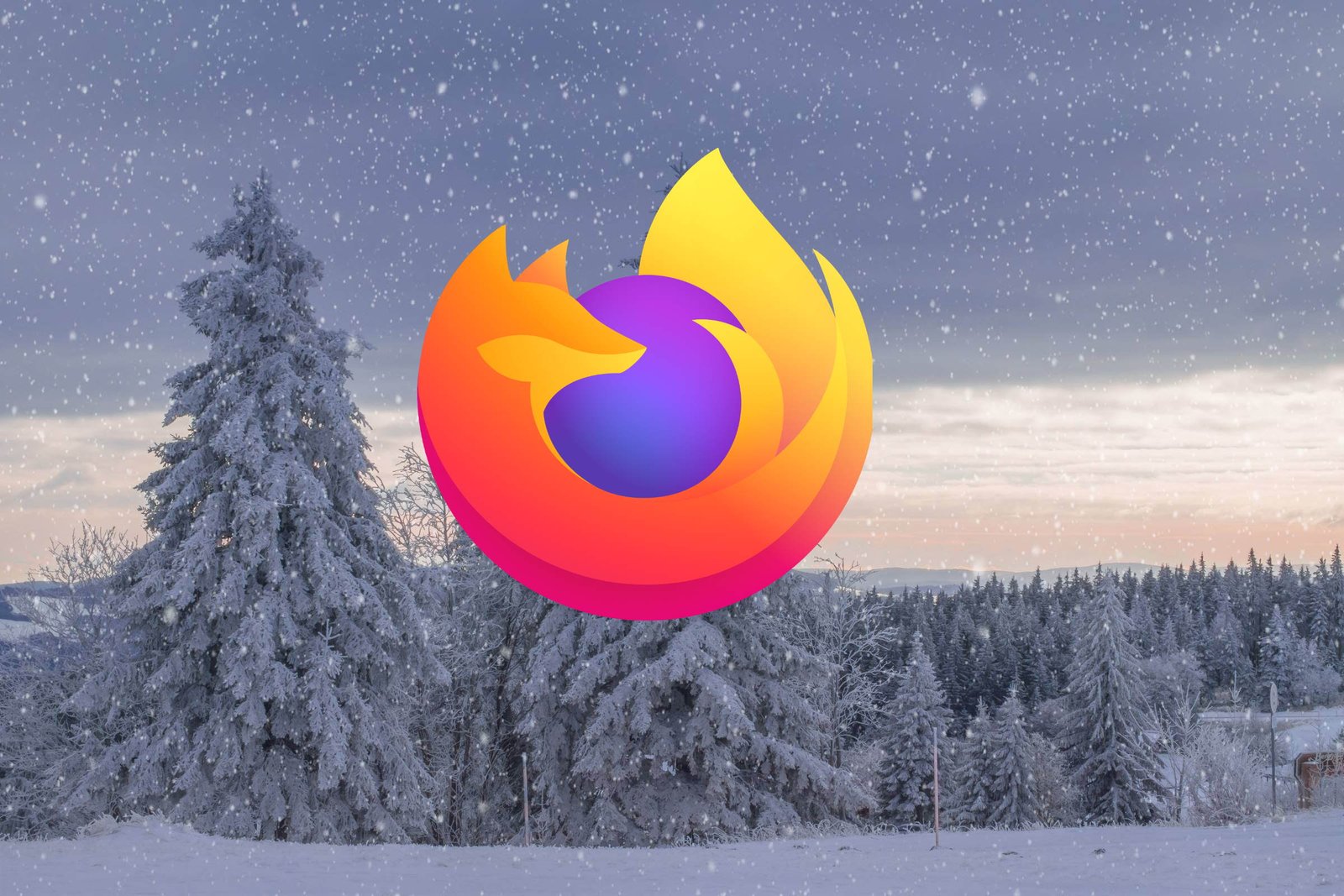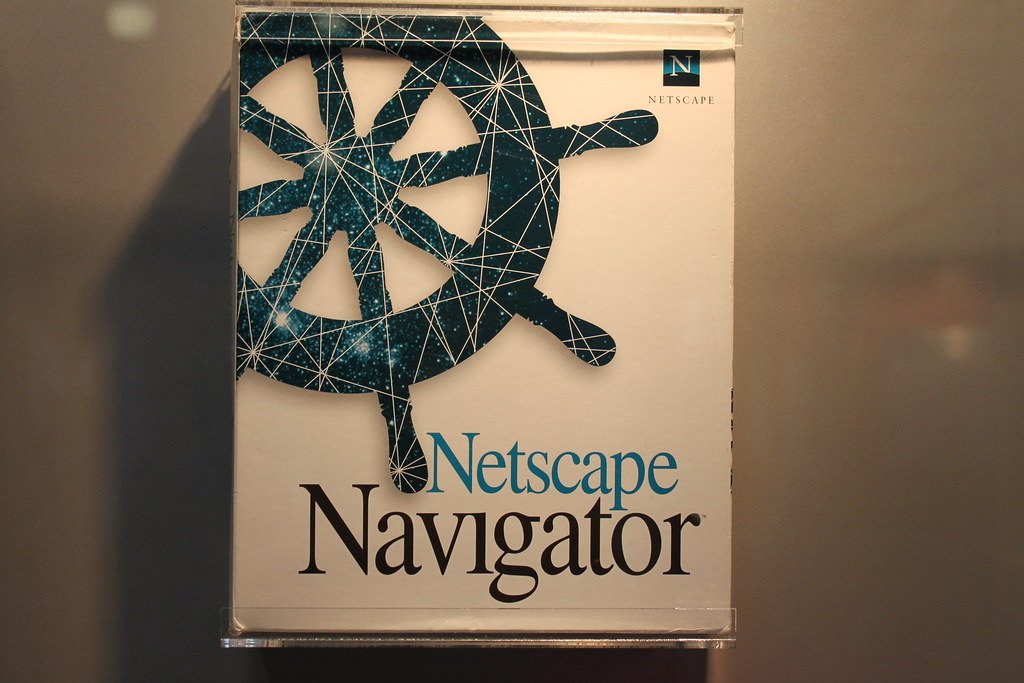In social media, Twitter stands as a pioneering force that has reshaped the landscape of online communication through its innovative microblogging format. Since its inception in 2006, Twitter has become synonymous with real-time updates and succinct expression, challenging the traditional norms of lengthy discourse prevalent on other platforms. This introduction delves into the multifaceted nature of Twitter, exploring its evolution, impact, and the unique characteristics that define it as a microblogging powerhouse.
Twitter’s origin story is rooted in the vision of its co-founder, Jack Dorsey, who conceptualized a platform that would enable users to share their thoughts and updates concisely and immediately. With the initial character limit of 140 characters, inspired by the constraints of Short Message Service (SMS), set the tone for the platform’s brevity and rapid-fire communication.
The platform’s growth has been meteoric, attracting diverse users ranging from individuals sharing personal anecdotes to global leaders disseminating policy decisions. Over the years, Twitter has not only become a hub for personal expression but has also played a pivotal role in breaking news, amplifying social movements, and fostering meaningful conversations across the globe.
Critical features like hashtags and retweets have further solidified Twitter’s position as a facilitator of trending topics and viral discussions. The use of hashtags allows users to categorize and discover content related to specific themes, while retweets enable the rapid dissemination of information, contributing to the platform’s virality.
Beyond its role as a social networking site, Twitter has become an influential tool for political discourse, enabling direct communication between public figures and their constituents. The platform’s openness and accessibility have empowered individuals, giving rise to a democratized space where voices from various backgrounds converge in a global dialogue.
Table of Contents
What is Twitter as a microblogging site?
Twitter is a microblogging site that revolutionized online communication with its concise and real-time format. Launched in 2006, it allows users to share brief updates, or “tweets,” within a 280-character limit. The platform’s concept is rooted in microblogging, a form of short-form content creation that enables users to express thoughts, opinions, and news concisely.
At its core, Twitter serves as a dynamic and rapidly evolving global conversation hub. Users can follow each other to receive updates, creating a network where information spreads virally. The platform introduced features like hashtags, allowing users to categorize and discover tweets related to specific topics, and retweets, facilitating the amplification of content.
Twitter’s impact extends beyond personal expression; it has become a powerful tool for breaking news, political discourse, and social movements. The brevity of tweets encourages quick, spontaneous sharing, fostering real-time discussions. Its open nature enables users to engage with a diverse range of voices, from individuals to celebrities and public figures.
Twitter’s microblogging model has redefined how we share and consume information, making it a prominent platform for global conversations and shaping the landscape of online communication.
What is the origin and history of Twitter?
Twitter, a microblogging platform, originated in 2006 when Jack Dorsey, Biz Stone, and Evan Williams co-founded the service. Initially named “Twttr,” it was inspired by the idea of sharing short, 140-character updates. Launched in March 2006, Twitter gained traction rapidly due to its simplicity and the ability to connect with a global audience.

By 2007, Twitter had become an independent entity, separating from its parent company, Odeo. The platform’s unique character limit, drawn from SMS constraints, contributed to its distinctive style of communication. Twitter’s user base grew exponentially as celebrities, politicians, and ordinary individuals embraced the platform for self-expression and real-time updates.
Over the years, Twitter evolved, introducing features like hashtags and retweets to enhance user engagement. The platform played a crucial role in breaking news, shaping public discourse, and fostering social movements. Despite facing challenges such as managing abuse and misinformation, Twitter remains a significant force in online communication. The company went public with its IPO in 2013, marking a milestone in its journey. Ongoing changes and innovations continue to shape Twitter’s role in the dynamic landscape of social media.
What is the microblogging site?
A microblogging site is a platform that enables users to share short updates with their audience. The concept revolves around brevity, typically limiting posts to a specific character count. One of the pioneering and most influential microblogging sites is Twitter. Launched in 2006, Twitter allows users to post tweets with a character limit, originally set at 140 characters and later expanded to 280. Users can share thoughts, news, images, and links, engaging with followers in real time.
Microblogging facilitates rapid information dissemination, making it a powerful tool for breaking news, social movements, and public discourse. It encourages succinct communication, emphasizing the essence of a message. Beyond Twitter, other microblogging platforms exist, each with its unique features. Tumblr, for instance, focuses on multimedia microblogging, allowing users to share a variety of content types.
Microblogging has become an integral part of the social media landscape, influencing how individuals, businesses, and organizations communicate online. It provides a dynamic space for expressing ideas, fostering discussions, and staying informed in a fast-paced digital environment.
History of Twitter and Microblogging Sites
Origins of Microblogging
The genesis of microblogging can be traced back to the early 2000s when a novel form of online communication emerged, revolutionizing the way individuals share information on the internet. This concept centers around the idea of delivering brief, concise updates to an audience, allowing for rapid and real-time communication.
In 2004, the Institute for Applied Autonomy laid the foundation for microblogging with the creation of “TXTmob.” This platform served as one of the pioneering ventures into the microblogging realm. Unlike later platforms, TXTmob had a distinct focus on organizing and coordinating groups through text messages rather than facilitating personal updates. Its primary function was to empower users to communicate within defined groups, demonstrating the early diversification of microblogging applications.
Despite TXTmob’s emphasis on group coordination, its influence played a crucial role in shaping the trajectory of microblogging. The platform laid the groundwork for the evolution of the concept, showcasing the potential for brief, real-time communication in an era dominated by more traditional forms of online interaction.
As the years progressed, the microblogging landscape witnessed significant transformations, leading to the emergence of platforms like Twitter. These platforms would build upon the foundational principles established by TXTmob, ultimately shaping the way people share information, express thoughts, and connect with their audience in the digital age. The journey from TXTmob to contemporary microblogging platforms illustrates the continuous evolution of online communication, marking a paradigm shift in how we engage with and disseminate information online.
Twitter’s Inception
Twitter, the preeminent microblogging platform, traces its roots to the collaborative efforts of Jack Dorsey, Biz Stone, and Evan Williams. The inception of Twitter can be pinpointed to 2006, when Dorsey envisioned a platform that would revolutionize online communication by allowing users to share their status updates with a broad audience in real time.
Officially launched in March 2006, Twitter made its debut under the name “Twttr.” The platform’s distinctiveness was marked by its 140-character limit for tweets, a constraint inspired by the brevity of SMS (Short Message Service) messages. This character limit not only encouraged concise expression but also facilitated easy sharing and consumption of information.
Twitter swiftly garnered popularity, becoming a cultural phenomenon by 2007. Recognizing its potential, Twitter separated from its parent company, Odeo, evolving into an independent entity known as Twitter, Inc. This move marked a pivotal moment in Twitter’s history, allowing it to chart its course and expand its influence on the evolving landscape of social media.
The platform’s rapid growth can be attributed to its user-friendly interface, real-time updates, and the ability to connect with a global audience. Twitter’s impact transcended personal communication, extending to breaking news, political movements, and shaping public discourse. The 140-character limit, initially a pragmatic nod to SMS constraints, became a defining feature, setting Twitter apart and influencing the culture of short-form communication on the internet.
Growth and Evolution
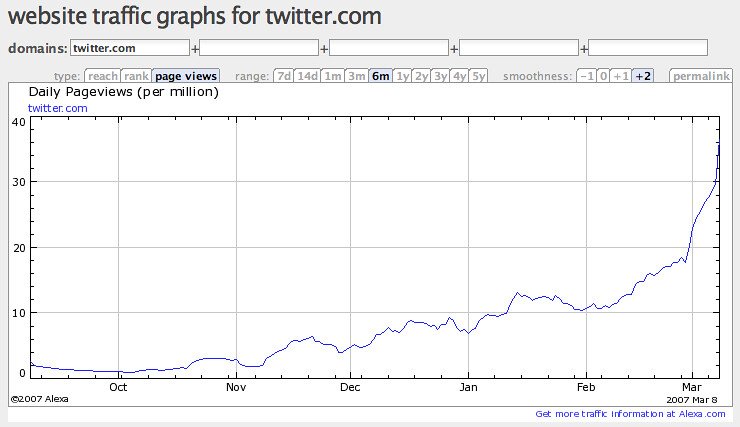
Twitter’s meteoric rise in popularity can be attributed to its simplicity and the unique ability to connect with a global audience effortlessly. Launched in 2006, the platform quickly became a hub for diverse voices, drawing in celebrities, politicians, and ordinary individuals seeking a platform for communication and self-expression. The brevity of tweets, constrained to 140 characters initially, encouraged succinct yet impactful messages, fostering a culture of quick and direct interaction.
As Twitter gained traction, it introduced innovative features that played pivotal roles in its growth. The adoption of hashtags (#) became a game-changer, allowing users to categorize and discover tweets related to specific topics or events. This not only facilitated more straightforward navigation through the vast sea of tweets but also organized discussions around trending subjects, amplifying the platform’s utility for both users and observers.
Another crucial feature that contributed to Twitter’s expansion was the introduction of retweets. This functionality enabled users to share and amplify exciting or noteworthy content, rapidly disseminating information across the platform. The viral nature of retweets not only increased the reach of individual tweets but also transformed Twitter into a dynamic ecosystem where trends and conversations could swiftly gain momentum.
The convergence of simplicity, global accessibility, and the incorporation of features like hashtags and retweets solidified Twitter’s position as a cultural phenomenon. It evolved beyond a mere social networking platform, becoming a real-time information hub and a catalyst for public discussions, shaping the way we consume and engage with content in the digital age.
Challenges and Changes
Twitter, a microblogging giant, has encountered a spectrum of challenges throughout its evolution. One significant hurdle has been the management of abuse, as the platform became a space where users could face harassment and cyberbullying. To counter this, Twitter implemented a series of features and policies aimed at fostering a safer environment. Measures such as reporting mechanisms, content moderation tools, and algorithmic interventions were introduced to curb abusive behavior and protect users.
Maintaining user privacy has been another focal point for Twitter. With concerns about data security and unauthorized access, the platform continually refined its privacy settings. Users gained more control over their information, and Twitter implemented encryption protocols to safeguard user data.
Addressing the rampant spread of misinformation posed yet another challenge. Twitter implemented fact-checking labels and warning messages and collaborated with external entities to verify information. These measures aimed to curb the dissemination of false or misleading content, particularly during critical events.
In response to user feedback and to enhance the user experience, Twitter underwent several transformative changes. The most notable was the expansion of character limits from 140 to 280 characters, allowing for more expressive and detailed tweets. Multimedia features, including photos, videos, and GIFs, were introduced to make tweets more engaging and diverse.
Furthermore, the development of the Twitter API (Application Programming Interface) marked a pivotal moment. This allowed third-party developers to create applications and tools that integrated with the platform, fostering innovation and expanding Twitter’s ecosystem.
These proactive measures and strategic changes showcase Twitter’s commitment to addressing challenges head-on, creating a safer and more dynamic space for its diverse user base. The platform’s evolution continues to be shaped by an ongoing dedication to adaptability, user satisfaction, and the promotion of healthy online interactions.
Impact on Communication and Society
Twitter stands as a pivotal force in shaping contemporary communication, wielding a profound impact on public discourse, news dissemination, and fostering real-time conversations. Since its inception in 2006, the platform has become a go-to source for breaking news, allowing users to share and access information swiftly. Its role in political movements, social activism, and disaster response is undeniable, catalyzing mobilizing communities and amplifying voices globally.
Beyond its influence, Twitter’s success has catalyzed a paradigm shift in the digital landscape. The concept of microblogging, epitomized by Twitter’s character-limited posts, has inspired the development of similar platforms. Numerous social media networks, recognizing the potency of concise and immediate content sharing, have incorporated microblogging features in their frameworks. This trend underscores the enduring impact of Twitter’s innovation, demonstrating how a simple yet powerful idea can shape the evolution of online communication. As a result, short-form content sharing has become a ubiquitous and influential aspect of digital interactions, altering the dynamics of how information is disseminated, conversations unfold, and social movements gain momentum across the interconnected web.
Other Microblogging Platforms
Twitter, established in 2006, stands out at the forefront of microblogging, defining the landscape with its concise 280-character tweets. However, the microblogging arena has witnessed the emergence of diverse platforms, showcasing unique features and catering to varied preferences. Tumblr, for instance, has carved its niche by emphasizing multimedia microblogging. Unlike Twitter’s text-centric approach, Tumblr allows users to share a plethora of content types, including images, videos, and GIFs, fostering a more visual and creative form of expression.
Beyond the Western market dominance of Twitter and Tumblr, Sina Weibo has become a powerhouse in China. Launched in 2009, Sina Weibo combines the essence of microblogging with elements of social networking, offering a platform where users can share thoughts on media and interact with a vast Chinese audience.
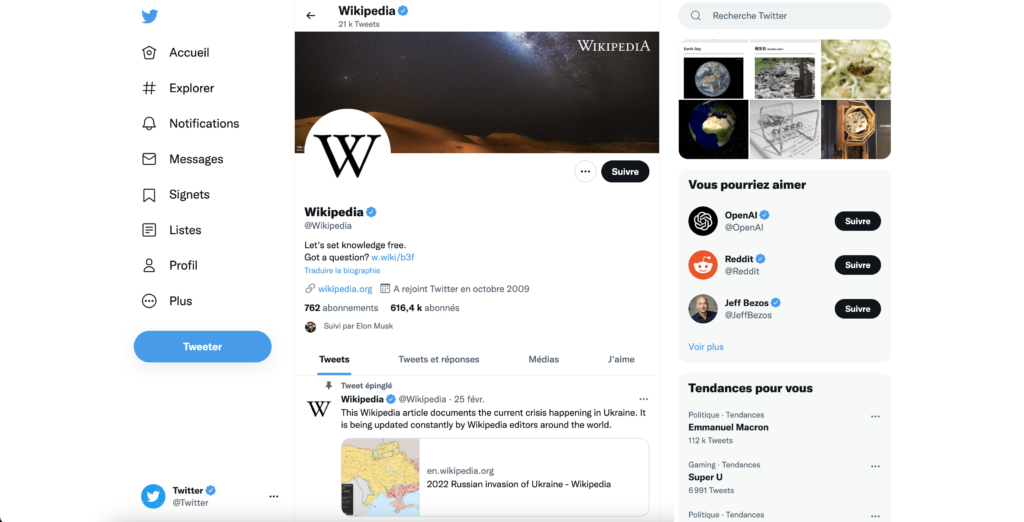
Moreover, microblogging features have transcended standalone platforms, infiltrating larger social media ecosystems. Facebook and Instagram, giants in the social media realm, have integrated microblogging aspects, allowing users to share brief updates and thoughts alongside their traditional content. This convergence reflects the adaptability and appeal of microblogging as a communication tool, influencing diverse platforms across the global social media landscape.
Twitter’s Ongoing Evolution
Twitter, a leading microblogging platform, has consistently evolved to stay relevant in the dynamic realm of social media. The introduction of features like Fleets, temporary tweets that disappear after 24 hours, and Spaces, audio chat rooms for real-time conversations, showcases Twitter’s commitment to adapting to changing user preferences and staying competitive in a rapidly evolving digital landscape.
However, this evolution hasn’t been without its challenges. Twitter has grappled with issues related to user engagement and monetization. Efforts to enhance the user experience have been ongoing, with the platform implementing various measures to address these concerns. Strategies include refining the timeline algorithm to show users more relevant content and exploring new ways to keep users actively engaged.
Monetization has been a key focus, with Twitter seeking to attract advertisers and generate revenue. The platform has experimented with ad formats and targeting options to create a more appealing advertising environment. These endeavors aim to strike a balance between user satisfaction and financial sustainability, which is crucial for Twitter’s continued growth and influence in the competitive social media landscape. As Twitter navigates these challenges, its commitment to innovation and meeting user expectations remains central to its strategy.
The history of Twitter and microblogging sites epitomizes the transformative journey of online communication. Twitter, born in 2006, pioneered the concept of microblogging, allowing users to share brief updates within the constraints of a character limit. This innovation marked a paradigm shift, emphasizing brevity and real-time interaction. As the platform rapidly gained popularity, it became a cultural phenomenon, shaping the way people engage with information online.
Microblogging, with Twitter at its forefront, profoundly impacted society. It became a global platform for breaking news, a catalyst for social movements, and a medium for political discourse. The 140-character limit, later expanded to 280, forced users to distill their thoughts, giving rise to concise and impactful messaging.
The evolution of these platforms reflects broader trends in social media, showcasing the profound influence of digital communication on societal dynamics. Challenges such as misinformation, privacy concerns, and user engagement have prompted continuous adaptations. Twitter’s history is marked by the introduction of features like hashtags, retweets, and multimedia sharing to enhance user experience.
The narrative of Twitter and microblogging encapsulates the dynamic interplay between technology, communication, and society. It underscores the ongoing efforts to refine these platforms, ensuring their relevance in a landscape continually shaped by changing user needs and emerging challenges.

